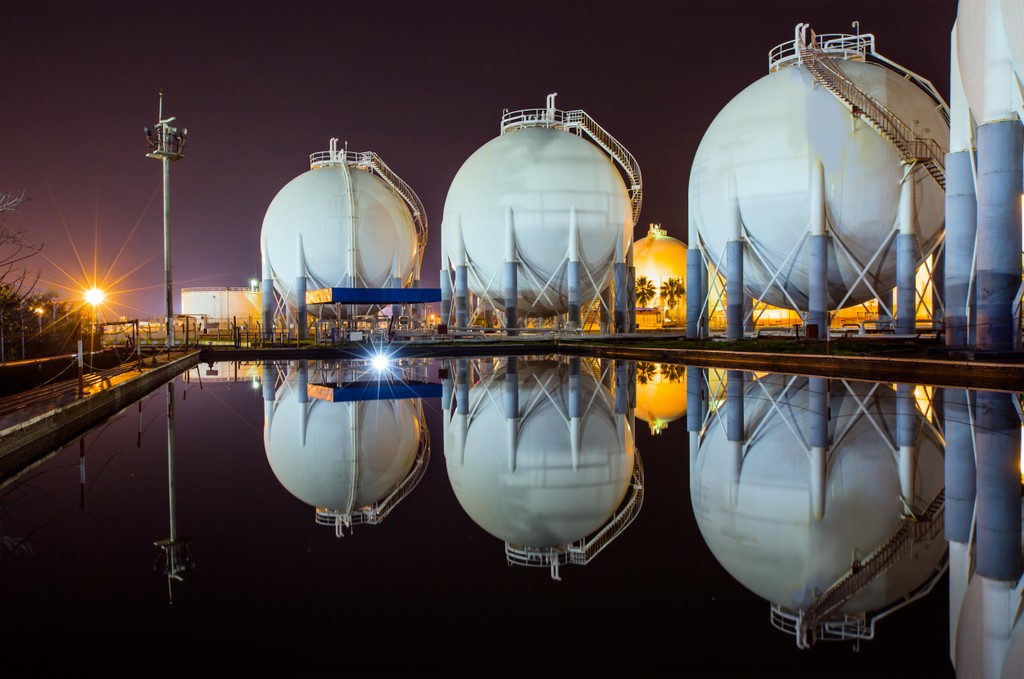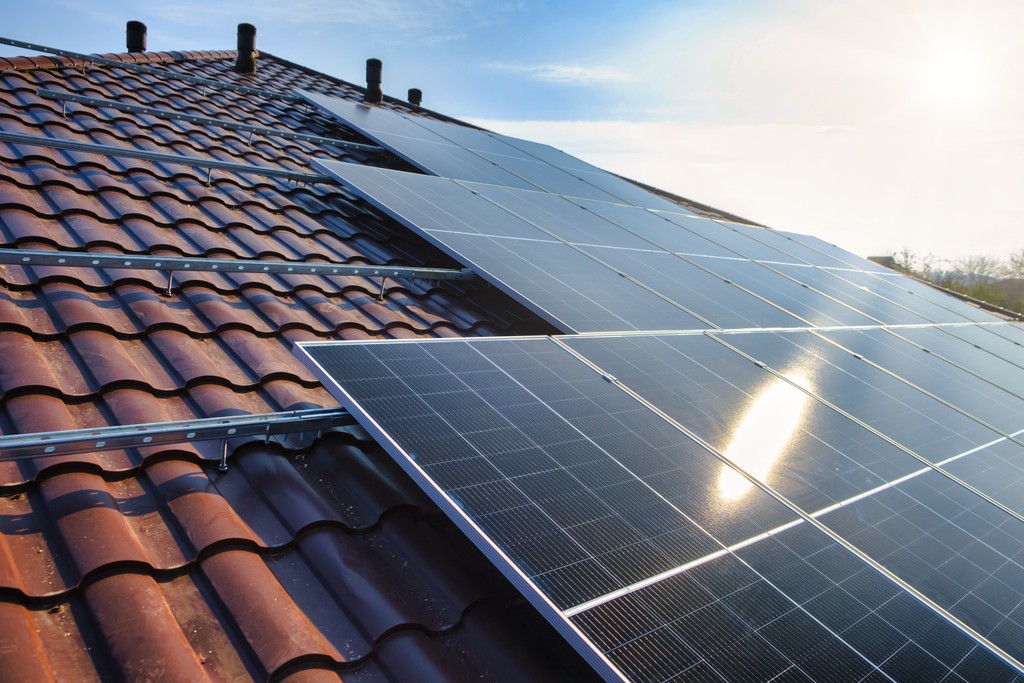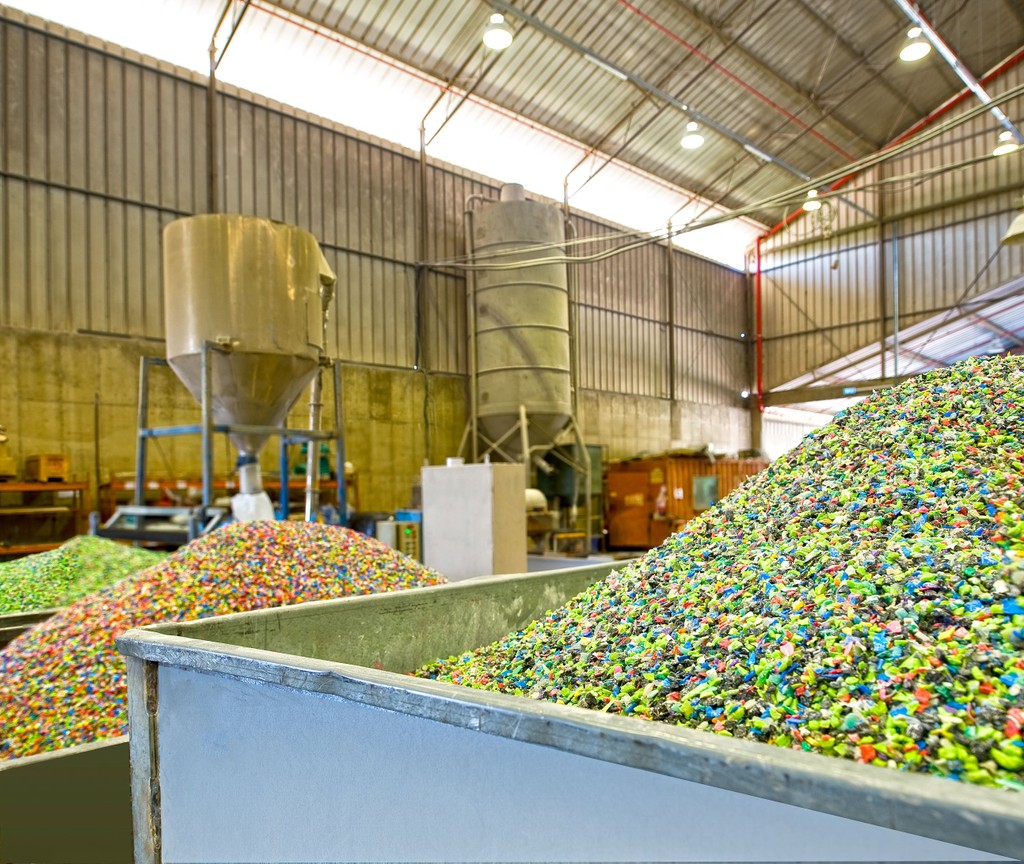PRESS RELEASE
BloombergNEF: US Falling Behind on its Climate Goals; Faster Adoption of Low-Carbon Technologies Needed to Get it on Track
• US set to cut just 22% of its emissions by 2030 at its current pace of decarbonization, rather than the 50% required to be on track to meet its Paris Agreement goals
• Net zero in the US by 2050 requires 20% more investment than what’s seen in BNEF’s base case
• Electrification emerges as the most cost-effective way to decarbonize multiple parts of the economy, but it will require 2.6 times more power generation by 2050 than the US has today
New York, September 25th, 2024 – The US’s transition to a net-zero economy by 2050 represents a $41 trillion investment opportunity in the country’s energy system, according to the New Energy Outlook: US, published today by research provider BloombergNEF (BNEF). The report details a pathway for the US energy system to reach net-zero emissions using the lowest-cost technologies available.
The window for the US to get on track to hit its 2030 Nationally Determined Contribution (NDC) target is closing. The new report shows that getting there requires immediate action across multiple sectors. However, achieving that goal would position the US well to reach net zero by 2050 – and help keep global warming below 2C.
The US power sector has a critical role to play – not just in decarbonizing itself, but in scaling up to enable zero- or low-carbon electrification across transport, industry and buildings. This means more than quadrupling the US operational solar fleet and nearly tripling its wind fleet by 2030, according to BNEF’s Net Zero Scenario, while coal use in power generation rapidly shrinks to near zero. Gas plants continue to be used but are fitted with carbon capture equipment which ramps up as early as 2027.
“The US is running out of time and emissions budget to stay on a pathway that results in less than 2 degrees Celsius of global warming,” said Thomas Rowlands-Rees, head of BNEF’s North America research. “The heavy lifting needs to be done this decade, shifting to a clean power system based on wind, solar and storage. Cost-effectively reducing carbon emissions will need a rethink of how we consume energy, with electricity becoming the center of the energy economy, and clean power holding it all together.”
The report builds and expands on the results of BNEF’s flagship New Energy Outlook 2024, presenting two updated climate scenarios, the Net Zero Scenario (NZS) and a base-case Economic Transition Scenario (ETS), designed to inform public policymaking, country climate ambition and low-carbon transition strategies of corporations and financial institutions.

The NZS, which is consistent with a 67% chance of holding global warming to 1.75C, shows there is no room for any further carbon emissions growth in any sector if the US is to reach net zero by mid-century. In this scenario, the country’s emissions from the power, transport, industry and buildings sectors have already peaked, and must now begin rapidly falling.
Clean power and electrification provide two-thirds of the decarbonizing force in the NZS compared with a world where no further transition happens. The last third of emissions abatement comes from early-stage technologies – such as biofuels in shipping and aviation, hydrogen in industry and transport, and carbon capture and storage in industry and power – that still need be scaled up rapidly. To get to net zero by 2050, under the NZS, US hydrogen consumption triples from today’s levels to 52 million tons per year; most of this hydrogen is ‘green’ or produced by electrolysis using clean electricity. Carbon capture capacity increases from near-zero to 847 million metric tons per year.

By contrast, the base-case ETS assumes no new policies are implemented and breaches the Paris Agreement with a global warming result of 2.6C – yet it also demonstrates how far the energy transition can go based on economical and commercially ready technologies.
In this scenario, hydrogen and CCS see little new investment. With no further policy support for clean technologies, tax credits and subsidies through the landmark Inflation Reduction Act cannot drive adequate adoption of low-carbon technology in hard-to-abate sectors like heavy transport and industry. High costs are the main reason for this: the clean fuels and equipment needed to cut emissions from these sectors are expensive, even after accounting for tax credits.
This transition won’t come cheap – but it will come with big opportunities. The Net Zero Scenario entails a $41 trillion investment opportunity across the US energy system between 2022 and 2050; that’s a 20% increase over the base case of $34 trillion in the Economic Transition Scenario.
“Clean molecules don’t have time to step up; they must leap,” said Tara Narayanan, BNEF Specialist on US regional trends. “The US has generous incentives for emerging technologies like hydrogen, biofuels and carbon capture systems, and this is good. But technology is still at an early stage, not yet widely deployed, and faces permitting speedbumps. Rapid scale-up is essential for the US to move the needle on emissions cuts this decade, setting the pace for the next 25 years.”
This research forms part of a series of regional and sector reports diving deeper into results from BloombergNEF’s global New Energy Outlook, including reports for Australia, China, Indonesia, Europe and India. Report summaries are available at about.bnef.com/new-energy-outlook-series.
Contact
Oktavia Catsaros
BloombergNEF
+1-212-617-9209
ocatsaros@bloomberg.net






